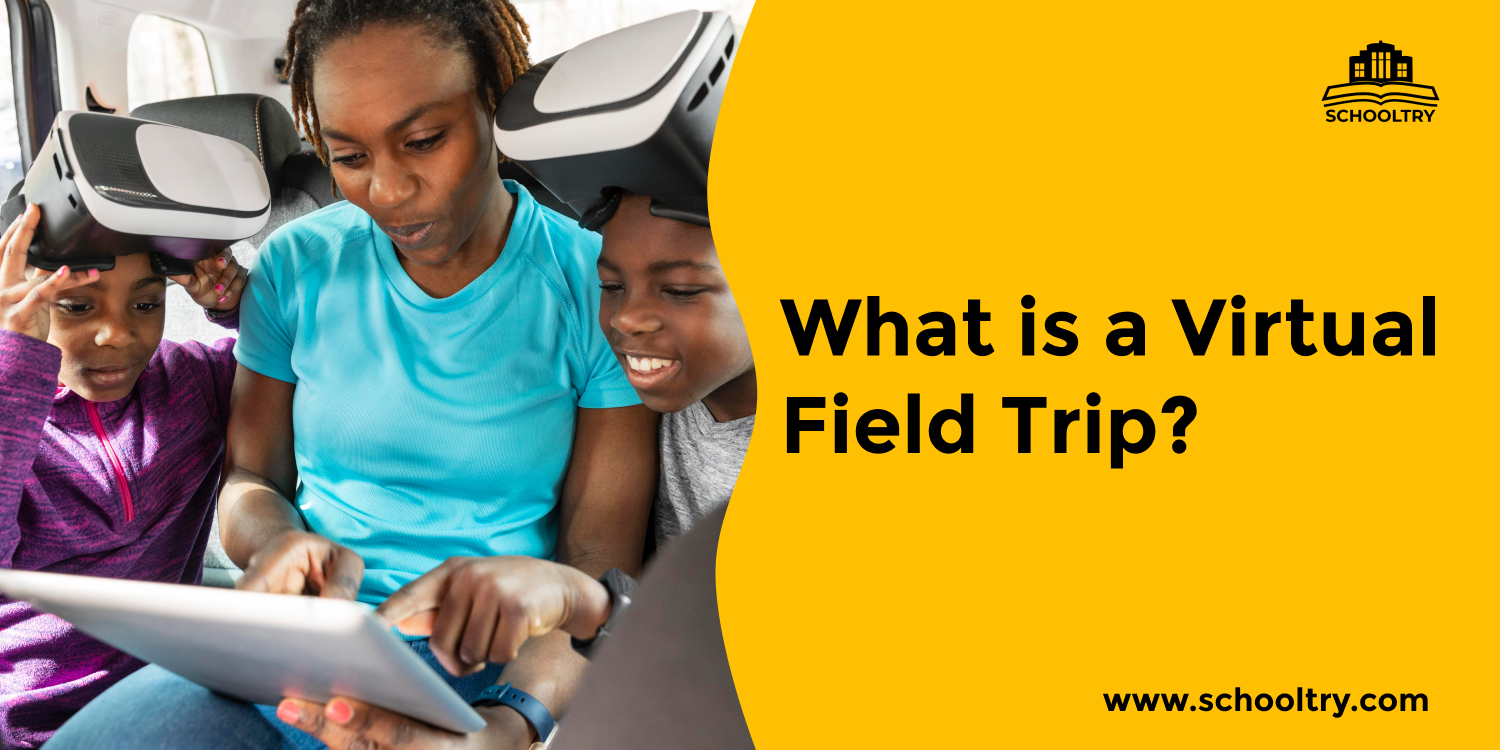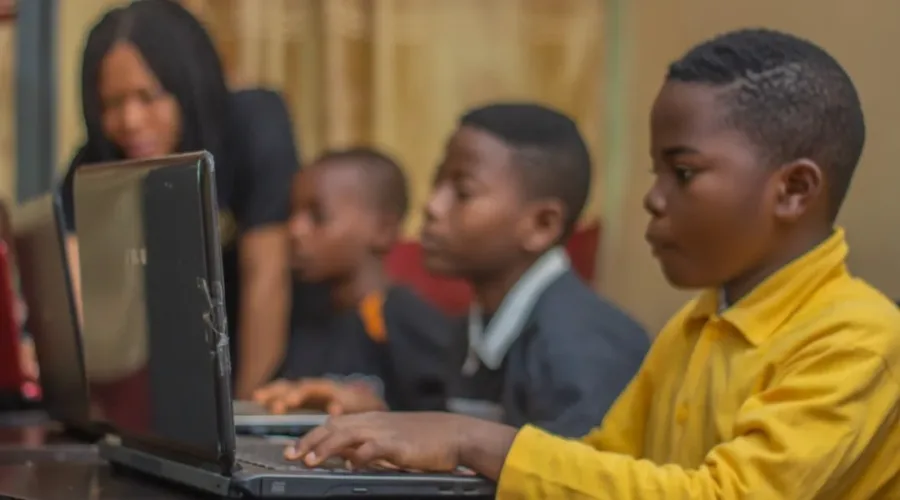What is a virtual field trip? In an era where technology intertwines seamlessly with learning, virtual field trips have transcended the traditional means of exploration. That is why in this article, we will be discussing the benefits of virtual field trips.
Let’s dive in,
What is a Virtual Field Trip?
Virtual field trips (VFTs) are a collection of technology-based resources used together to give students the learning experiences gained from an actual field trip (Arrowsmith, Counihan & McGreevy, 2005). VFTs are used both as a supplement to field trips, as well as to provide an alternative when an actual field experience is not possible (Tuthill & Klemm, 2002).
Also, Virtual field trips may consist of images, animations, simulations, audio and video (Banister, Reinhart & Ross, 2010). They may also include live broadcasts from scientists or field-trip locations, webisodes and a variety of student interactive learning materials (Cassady, Kozlowski & Kornmann, 2008).
Typically, a VFT includes a variety of these materials used collectively to imitate the learning experiences that take place during a real field trip (Rasmasundaram, Grunwald, Mangeot, Comerford & Bliss, 2005). They allow a teacher to provide students with the sight and sound of a new environment without ever leaving the classroom. VFTs can be either teacher created or pre-made and purchased for classroom use (Tuthill & Klemm, 2002).
Benefits of Virtual Field Trips
1. Accessibility:
VFTs overcome distance, cost, and logistics hurdles, enabling visits to otherwise unreachable places, broadening students’ horizons.
Furthermore, VFTs make learning inclusive, bridging geographical divides and ensuring equitable access to educational opportunities. They empower educators to foster global perspectives in students’ learning experiences.
2. Safety:
VFTs ensure safety by avoiding risks associated with real-world travel, prioritizing the well-being of both students and educators.
Also, Virtual field trips mitigate potential hazards, ensuring a secure learning environment for students and educators alike, free from physical dangers.
3. Flexibility:
VFTs offer scheduling freedom, accessible from anywhere with an internet connection, allowing educators to integrate them seamlessly into lessons.
Furthermore, Virtual field trips provide educators with the flexibility to incorporate them into lessons at their convenience.
4. Engagement:
Immersive VFT experiences capture student attention, fostering deeper understanding and retention of educational content.
Additionally, these experiences encourage active participation, sparking curiosity and promoting intrinsic motivation for learning among students of all ages.
Conclusion
Virtual field trips empower educators to enhance curriculum, expand perspectives, and engage students deeply, overcoming physical and logistical limitations of traditional trips.
Are you a school owner or administrator in need of a web solution like SchoolTry to automate, digitize or transform your school works. Click on this link to register for free and see how it works.




